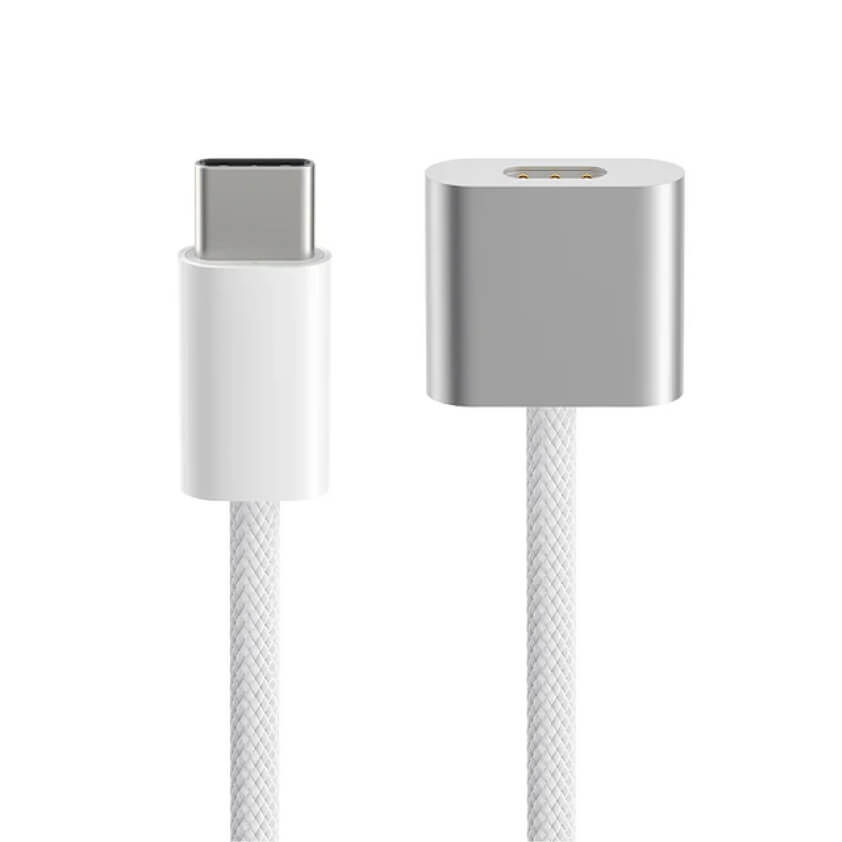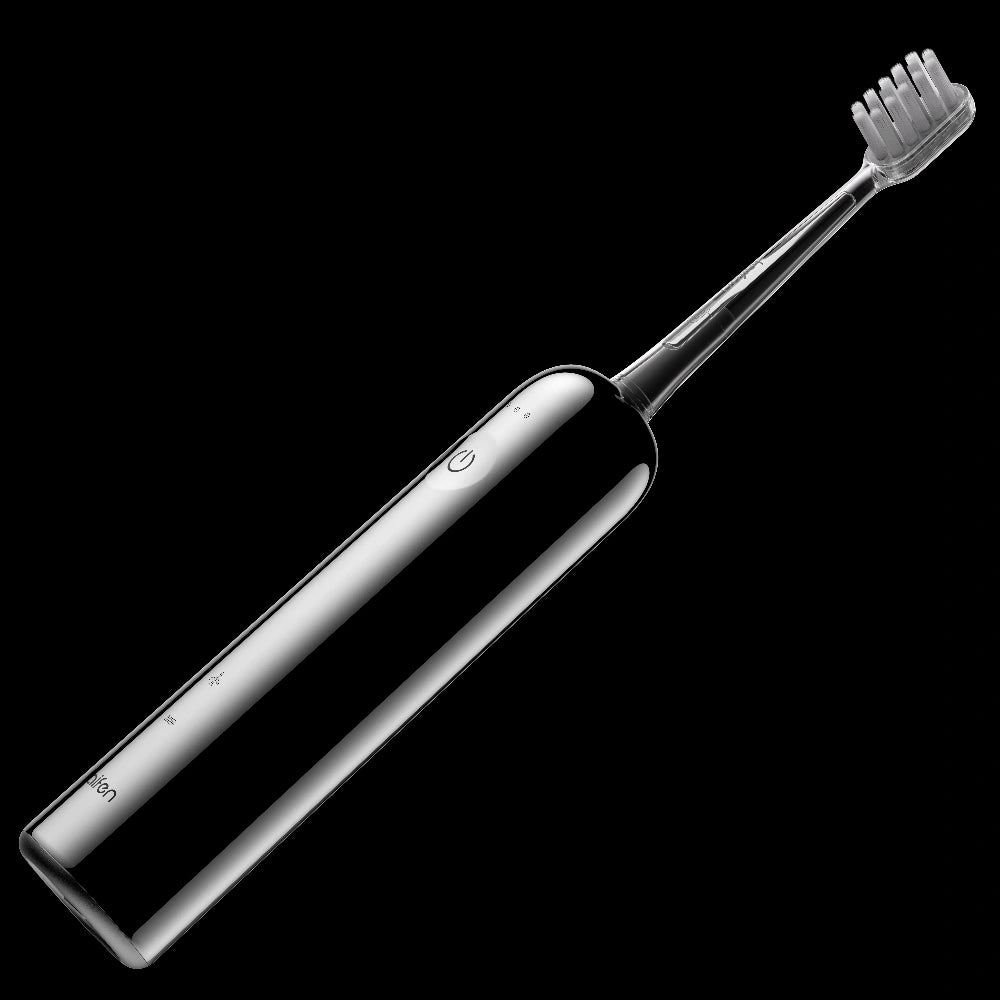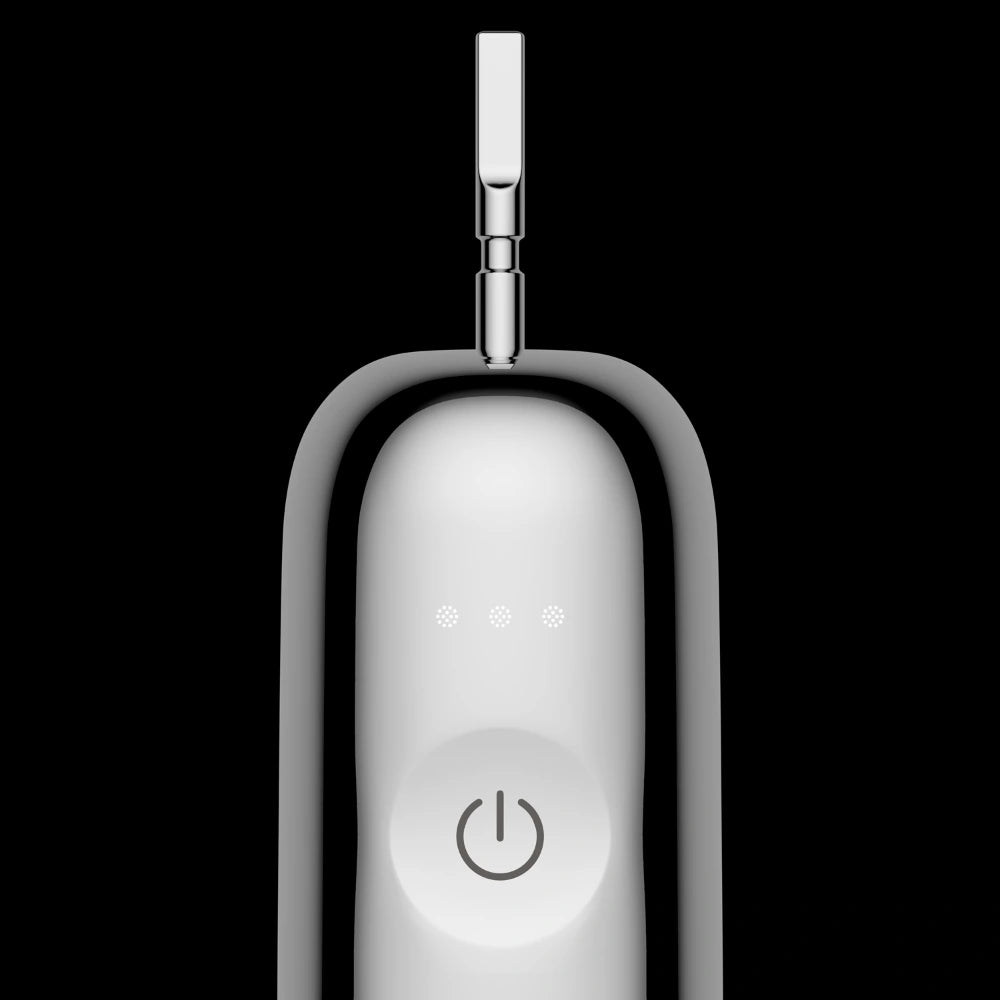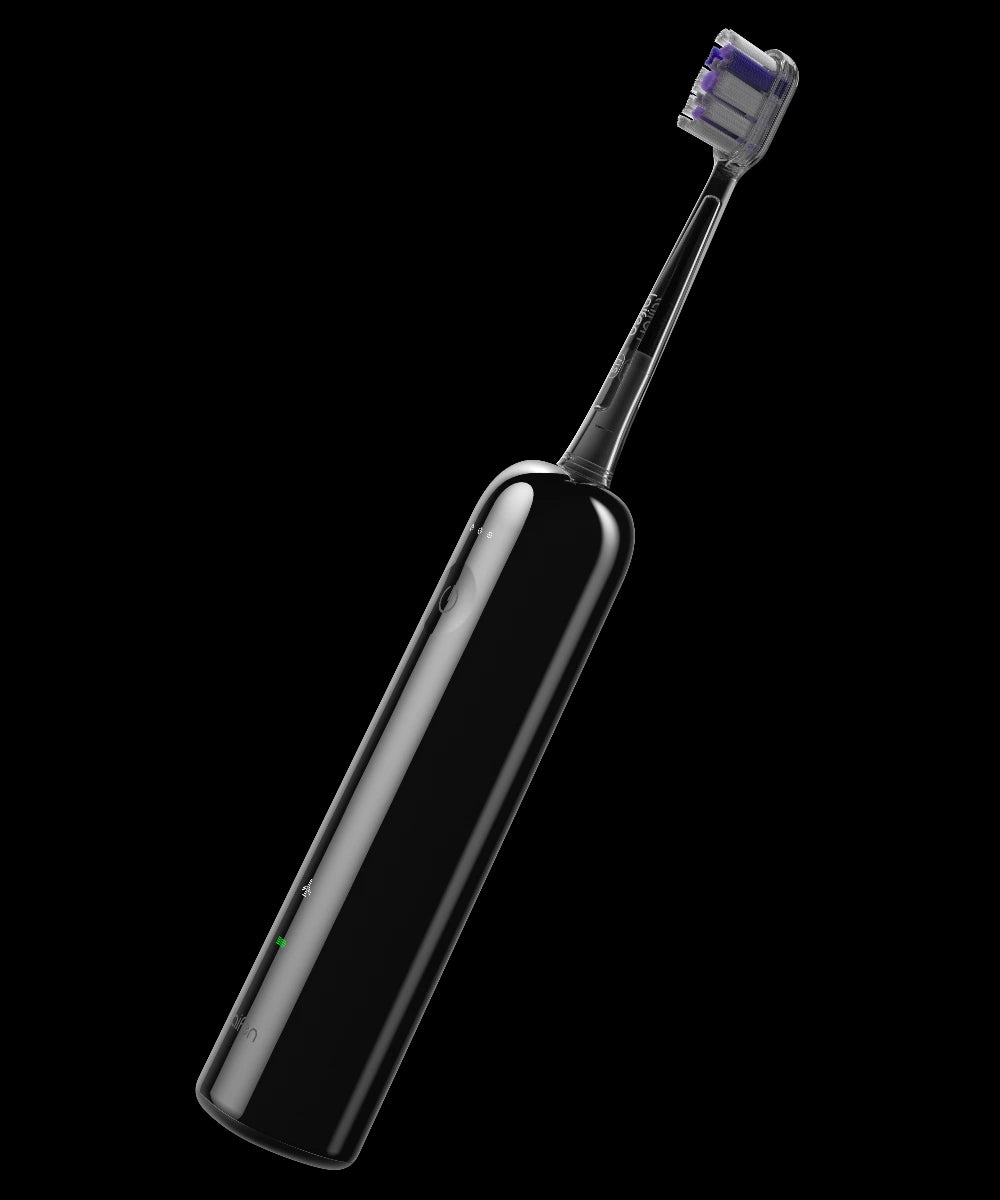
In this article
Fluoride deficiency in the human body can lead to significant dental and skeletal issues. I had a patient, Sarah, who experienced increased tooth decay and bone weakness. These symptoms prompted her to consult a healthcare provider who reveals a lack of fluoride in her diet.
Today, our comprehensive guide will list some signs, such as enamel erosion and brittle bones, and explores effective treatments including dietary adjustments and fluoride supplements. You know, understanding fluoride's role is necessary for maintaining bone strength. So just read our detailed article today to learn more about preventing and managing fluoride deficiency.
What is deficiency in fluoride?
Fluoride deficiency occurs when there is an insufficient amount of fluoride in the body and makes weakened teeth and bones. What is fluoride? Fluoride is a mineral that plays a critical role in the formation and maintenance of healthy dental enamel and bone structure.
The importance of fluoride was recognized in the early 20th century when researchers observed lower rates of tooth decay in populations with naturally fluoridated water. In 1945, Grand Rapids, Michigan, became the first city to add fluoride to its public water supply, significantly reducing dental cavities among its residents.
Fluoride deficiency falls under the broader category of mineral deficiencies. It impacts dental health and causes an increased risk of cavities, and can affect bone density, potentially resulting in conditions such as osteoporosis.
Fluoride deficiency is less common in areas with fluoridated water supplies. However, according to the World Health Organization (WHO), millions of people globally, especially in regions without water fluoridation, are at risk of inadequate fluoride intake. The Centers for Disease Control and Prevention (CDC) reports that water fluoridation has reduced tooth decay by about 25% in children and adults. Review some signs of fluoride deficiency in the following.
5 fluoride deficiency symptoms
Now, look at the symptoms of fluoride deficiency.
Sign 1. Tooth decay
Fluoride helps to strengthen tooth enamel and protect against decay. A deficiency can result in a higher incidence of cavities, as the enamel becomes less resistant to acid attacks from bacteria in the mouth.
Sign 2. Enamel hypoplasia
This condition happens when the development of dental enamel is incomplete or defective. Fluoride deficiency during tooth formation can lead to this problem and causes teeth to have pits, grooves, or a rough surface.
Sign 3. Sensitivity to teeth
Without adequate fluoride, enamel can become thin and porous and realize increased sensitivity. This can cause discomfort or pain when consuming hot, cold, sweet, or acidic foods and drinks.
Sign 4. Weakened bones
Fluoride is also important for bone health. A lack of fluoride can reduce bone density and makes bones more fragile and increasing the risk of fractures and conditions such as osteoporosis, especially in older adults.
Sign 5. Gum disease
Fluoride helps inhibit the growth of harmful oral bacteria. When fluoride is deficient, there is a higher risk of bacterial infections in the gums and make conditions like gingivitis and periodontitis. Symptoms of gum disease include red, swollen, and bleeding gums, as well as bad breath.
Who is most as risk for fluoride deficiency?
Here is a table summarizing the groups at higher risk for fluoride deficiency and providing real-life examples:
|
Risk group |
Description |
Example |
|
Residents in areas without water fluoridation |
People living in regions where the public water supply is not fluoridated. |
Rural communities in India and parts of Africa. |
|
Individuals relying on well water |
Families using private wells, often in rural areas, where water lacks fluoride. |
The Amish community in rural America. |
|
People with certain dietary habits |
Individuals who exclusively consume bottled or filtered water, missing out on fluoridated tap water. |
Health-conscious residents of urban areas like New York City or Los Angeles. |
|
Children |
Young children from low-income families who lack access to regular dental care and fluoride treatments. |
Children in economically disadvantaged urban areas such as Detroit or Chicago. |
|
Individuals with specific health conditions |
People with chronic kidney disease or metabolic disorders that alter fluoride metabolism. |
Patients undergoing dialysis at medical centers like the Mayo Clinic. |
Fluoride sources
Tap water, in fluoridated areas like many cities across the United States, serves as a primary source of fluoride. Communities, inspired by the success of Grand Rapids, Michigan, have implemented water fluoridation programs since the mid-20th century.
Natural sources also contribute to fluoride intake. Some regions, such as certain areas in Africa and India, have groundwater with naturally occurring fluoride. Seafood, including fish and shrimp, can contain fluoride, especially those harvested from ocean waters rich in this mineral.
How to treat fluoride deficiency?
Treating fluoride deficiency involves increasing fluoride intake through various means. Here are three effective methods:
Changes your dietary
Consuming foods and beverages naturally rich in fluoride can help boost intake. This includes seafood (such as fish and shrimp) and tea, which contain significant levels of fluoride. People can input more foods prepared with fluoridated water, such as soups and stews, can contribute to fluoride intake.
Fluoride supplements
In areas where water fluoridation is not available or fluoride levels are low, healthcare providers may prescribe fluoride supplements. These supplements, available in various forms like drops or tablets, provide an additional source of fluoride to support dental health.
Topical fluoride treatments
Dental professionals can administer topical fluoride treatments during routine dental visits. These treatments involve applying fluoride gels, varnishes, or foams directly to the teeth, where they can strengthen enamel and help prevent tooth decay. This approach is particularly beneficial for individuals at higher risk of dental caries, such as children and those with certain medical conditions.
Things should be resolved in moderation
In the end, it's all about finding the right balance when it comes to treating fluoride deficiency. You need to remember that too much of a good thing can sometimes be a bad thing. Like, fluoride is super important for keeping our teeth strong and healthy, but going overboard with it can cause problems like dental fluorosis.
So, it's all about doing things in moderation and listening to what the experts say. By finding that sweet spot between dietary sources, supplements, and dental treatments, we can make sure we're getting enough fluoride without overdoing it.

























